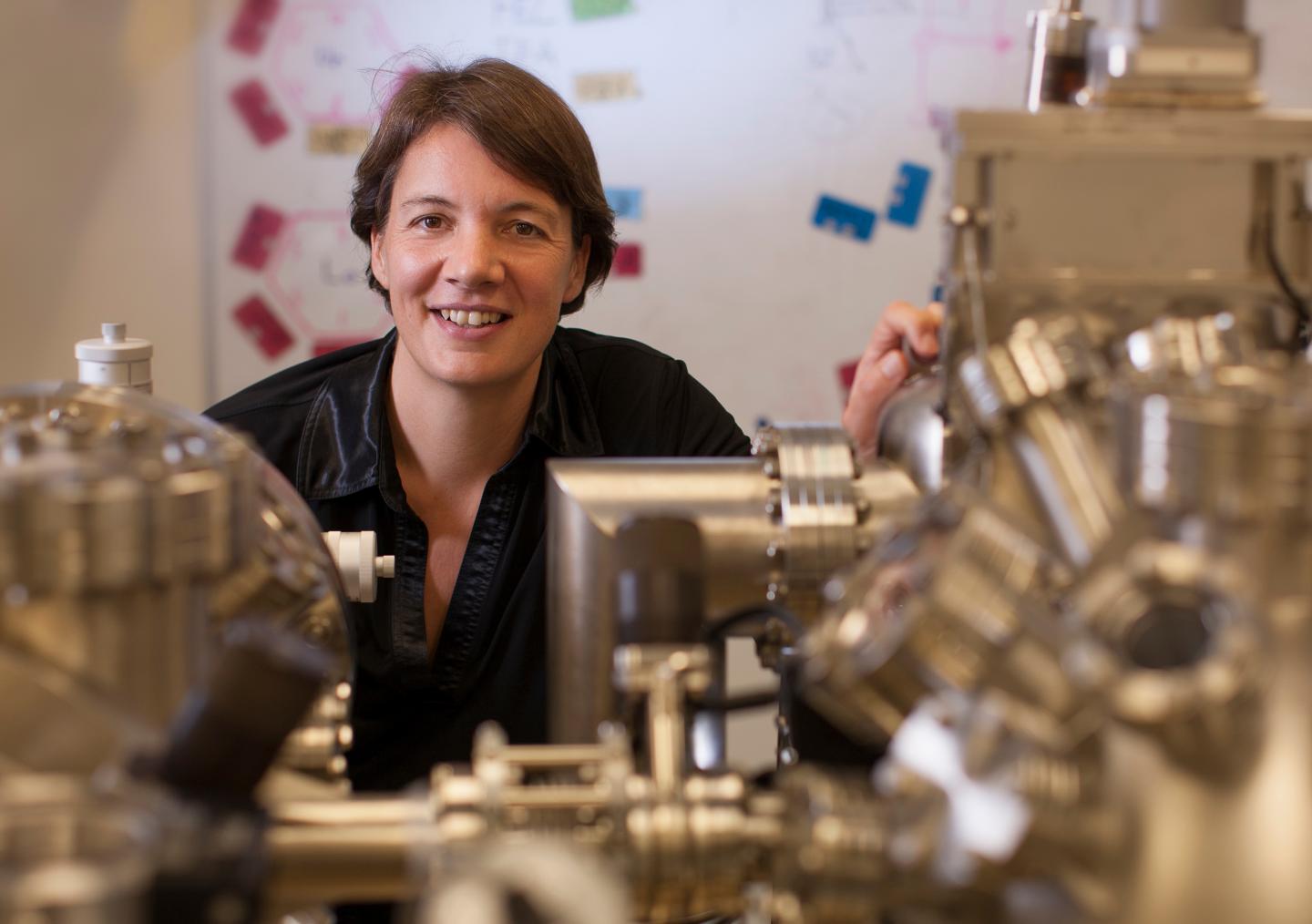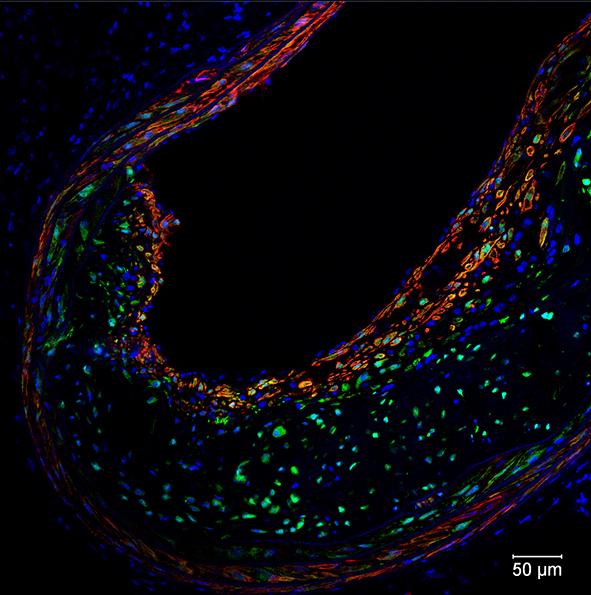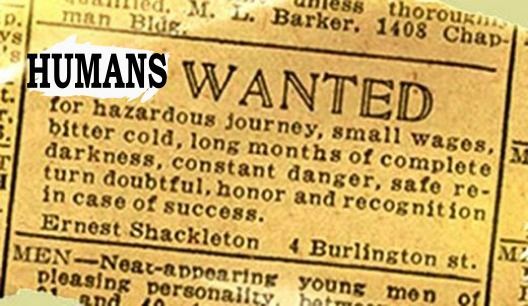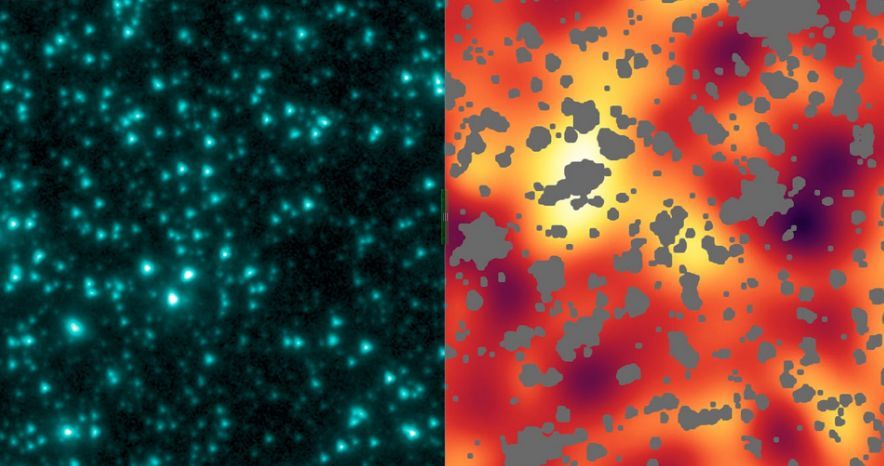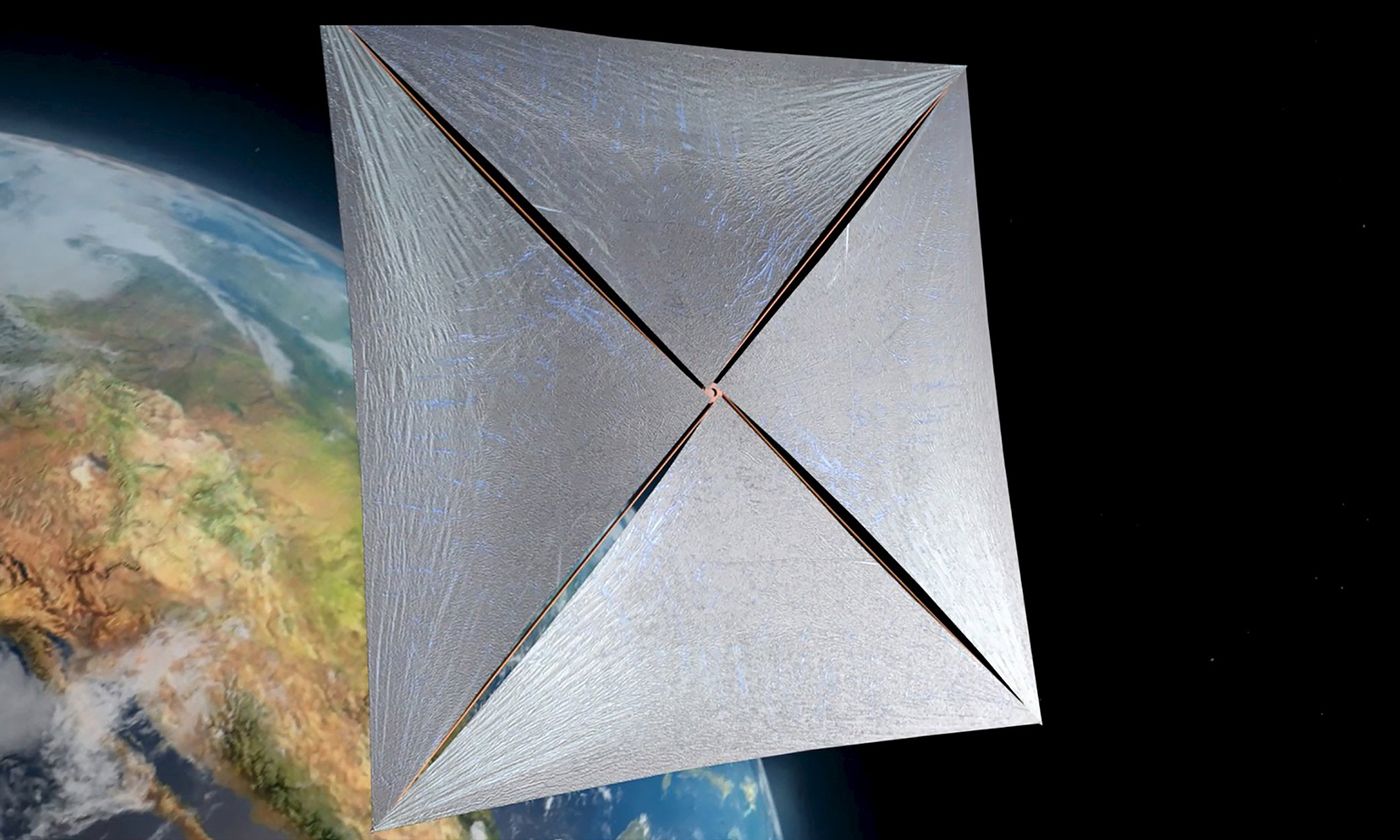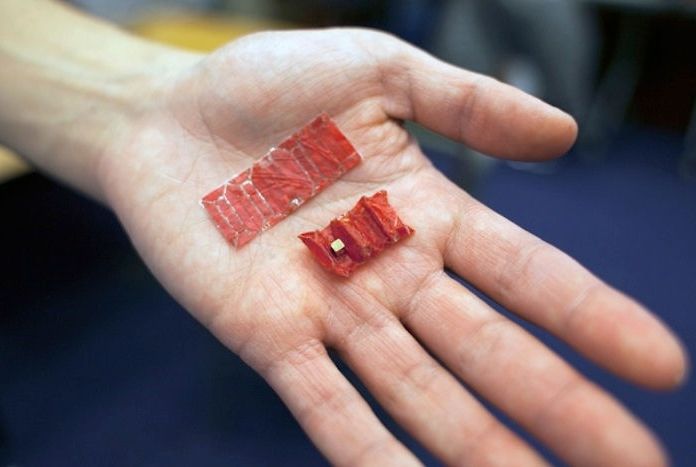May 24, 2016
Top international award for UNSW Australia quantum computing chief
Posted by Karen Hurst in categories: computing, electronics, nanotechnology, quantum physics
Love this; Congrats to Michelle Simmons and her work on QC — Superstar females in STEM.
For her world-leading research in the fabrication of atomic-scale devices for quantum computing, UNSW Australia’s Scientia Professor Michelle Simmons has been awarded a prestigious Foresight Institute Feynman Prize in Nanotechnology.
Two international Feynman prizes, named in honour of the late Nobel Prize winning American physicist Richard Feynman, are awarded each year in the categories of theory and experiment to researchers whose work has most advanced Feynman’s nanotechnology goal of molecular manufacturing.
Continue reading “Top international award for UNSW Australia quantum computing chief” »
